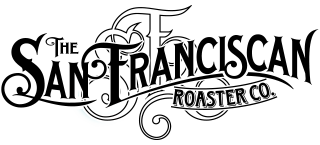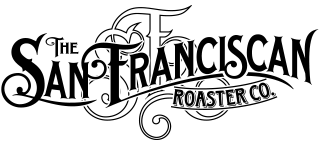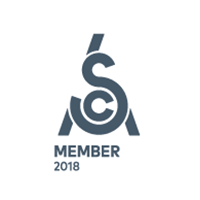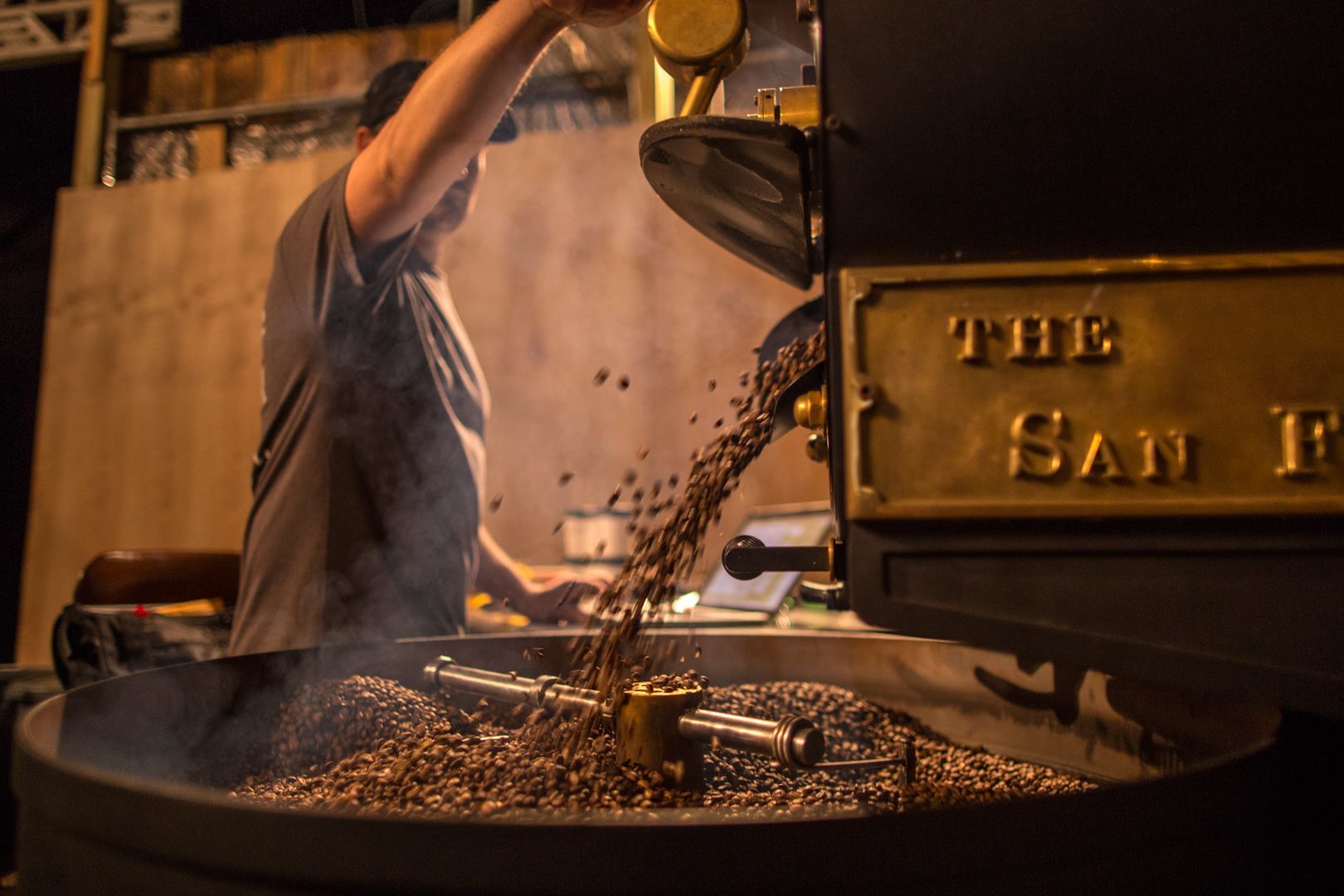
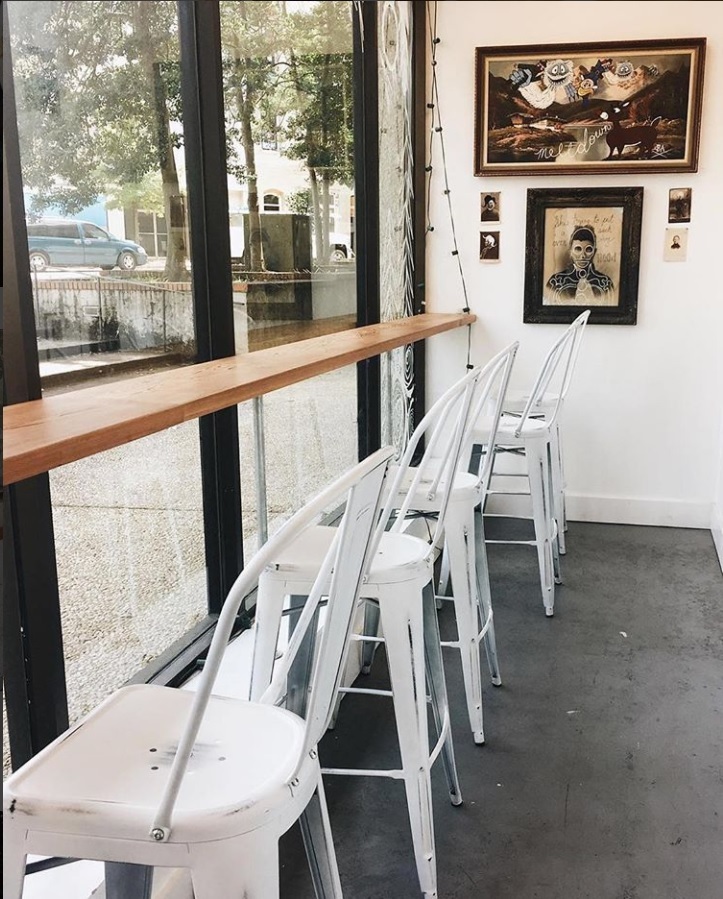
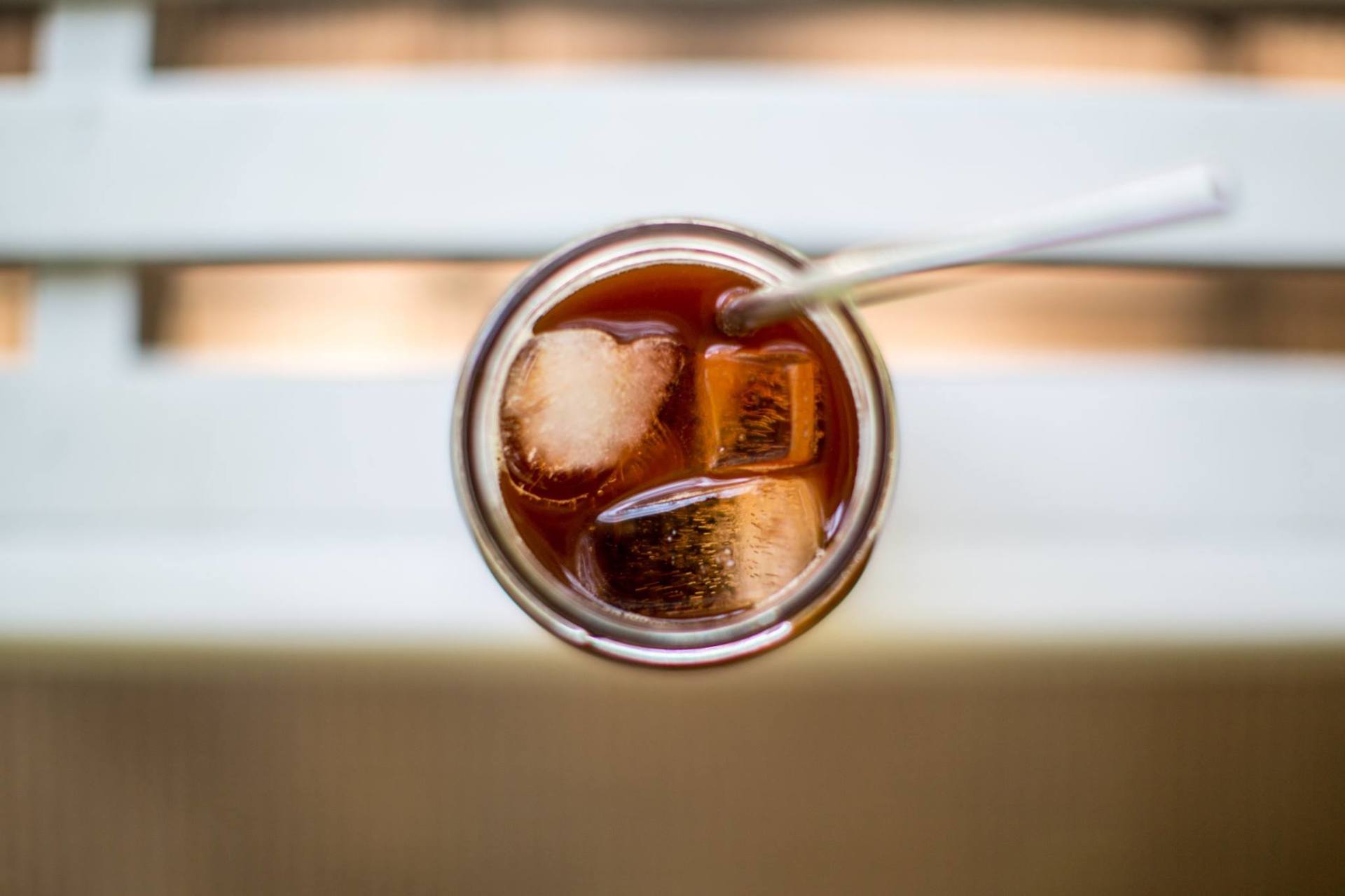
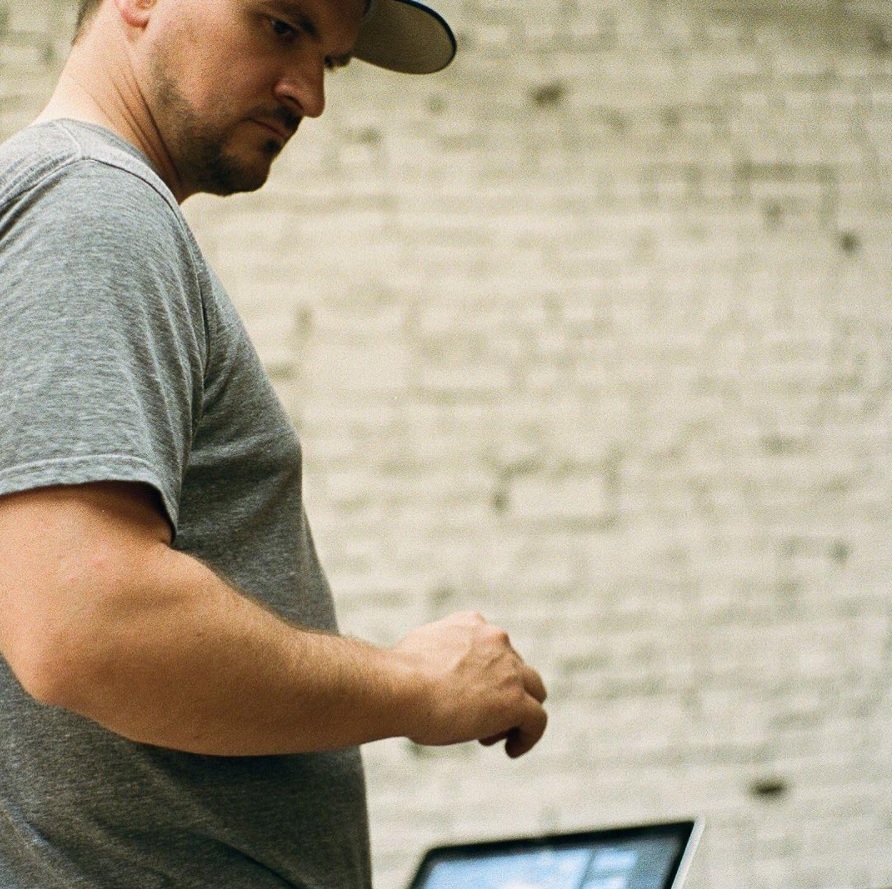
"Sophisticated Southern" is the best way to describe Prevail Coffee, and also how owners, Wade and Megan Preston, would prefer to do so. In a culture of Northwest-style coffeeshops, Prevail stands outs for its distinct southern charm, and it seems to be working. With three locations and a fourth location being built right in the center of Montgomery's historical downtown, Prevail has been essential to Alabama's third-wave coffee industry.
In February, Wade won first place in the Brewer's Cup Qualifying Competition in New Orleans. He will be moving on to the National competition this year in Seattle. I talked to Wade to learn more about Prevail, how he chooses his coffee for competition, and his award-winning brew method.
Interview has been edited and condensed for clarity.
Congrats on placing first in the New Orleans Brewer’s Cup Qualifying Competition. Can you tell me a little bit about how you got started in coffee?
It’s kind of a crazy story. My wife and I had always worked in the nonprofit sphere, and we had both really enjoyed coffee. We were working with a nonprofit in West Africa doing some micro-finance stuff, and we really saw how the best way to affect change in those places is for there to be viable economic structures that are sustainable and scalable. The traditional charity model can only go so far, and it completely falls apart, like in 2008, when the economy collapsed. People just stopped giving to charity. We looked at coffee and cocoa, kind of being the only two commodity crops that came from these places, and we just started scratching under the surface a bit more. We had always liked the idea of coffee, the idea of the community aspect, the coffeehouse, and kind of tying that together with this newfound realization of the impact that coffee can have globally. We just couldn’t get it out of our heads. The fun part of the story is, we were living in Atlanta at the time, and Megan was seven months pregnant with our first child, who is now six, and we had a West African refugee living in our basement. We thought that would be a great time for me to quit my job and become a barista, so that’s what we did.
I cut my teeth in coffee in Atlanta working for Batdorf & Bronson Coffee Roaster’s Dancing Goats Coffee Bar. I had a really awesome experience coming up with them, and after working with them for a couple of years, we opened our first shop in Auburn. It did really well, and about eighteen months after that we decided to open a roastery. We started roasting coffee with a San Franciscan roaster, and we’re now in Auburn and Montgomery. We moved our wholesale roastery operation over to Montgomery, and we have retail locations in both Auburn and Montgomery.
What is your approach to choosing your coffees for competition?
What I was really looking for in coffees is, I like coffees that are just really interesting. I think that there are coffees that are objectively good, incredible coffees that I really like, but they’re kind of predictable. When we were cupping coffees for competition, we had some coffees on the table that were like that. Coffees from farms that you’ve heard of that had won awards, and they were super good coffees. They scored super high on the table, but the coffee I ended up choosing was one from a farm I had never heard of and just sort of a random coffee I ended up with. It’s a natural process Colombian geisha, and it is so wild and complex. We were cupping it today, and it’s almost hard to wrap my head around it. It’s one of those coffees that is really good, there may be coffees that are objectively “better”, but this one is so interesting and it’s got a lot of layers to it. It takes a lot to figure it out.
How did you prepare for Brewer’s Cup, and is there anything you’re doing differently to prepare for the national competition in Seattle?
The coffee is different, but I’m keeping it similar as far as the brew method. I’ve been working on this brew method for over a year now, so I’m tweaking it to the coffee, but things are close to the same for Nationals [as for Qualifiers]. The biggest difference is the grinder I’m using. La Marzocco USA is loaning me a grinder so graciously. One of the new Mazzer ZM grinders. I went to Qualifiers and really wanted consistency with my grind, so I just used a Baratza Forte, because my goal was just to finish in the Top 12. It pulled me through for Qualifiers, so now I got a big, huge, heavy grinder which is more fun to play with. I was really happy with what we were able to brew with it today.
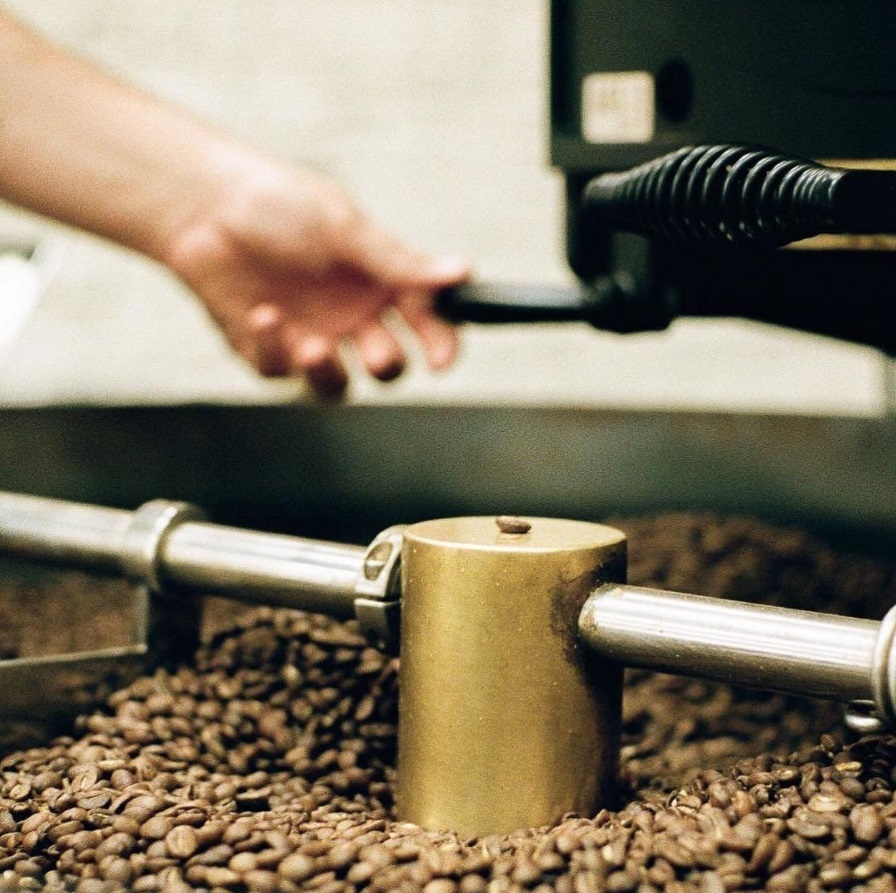
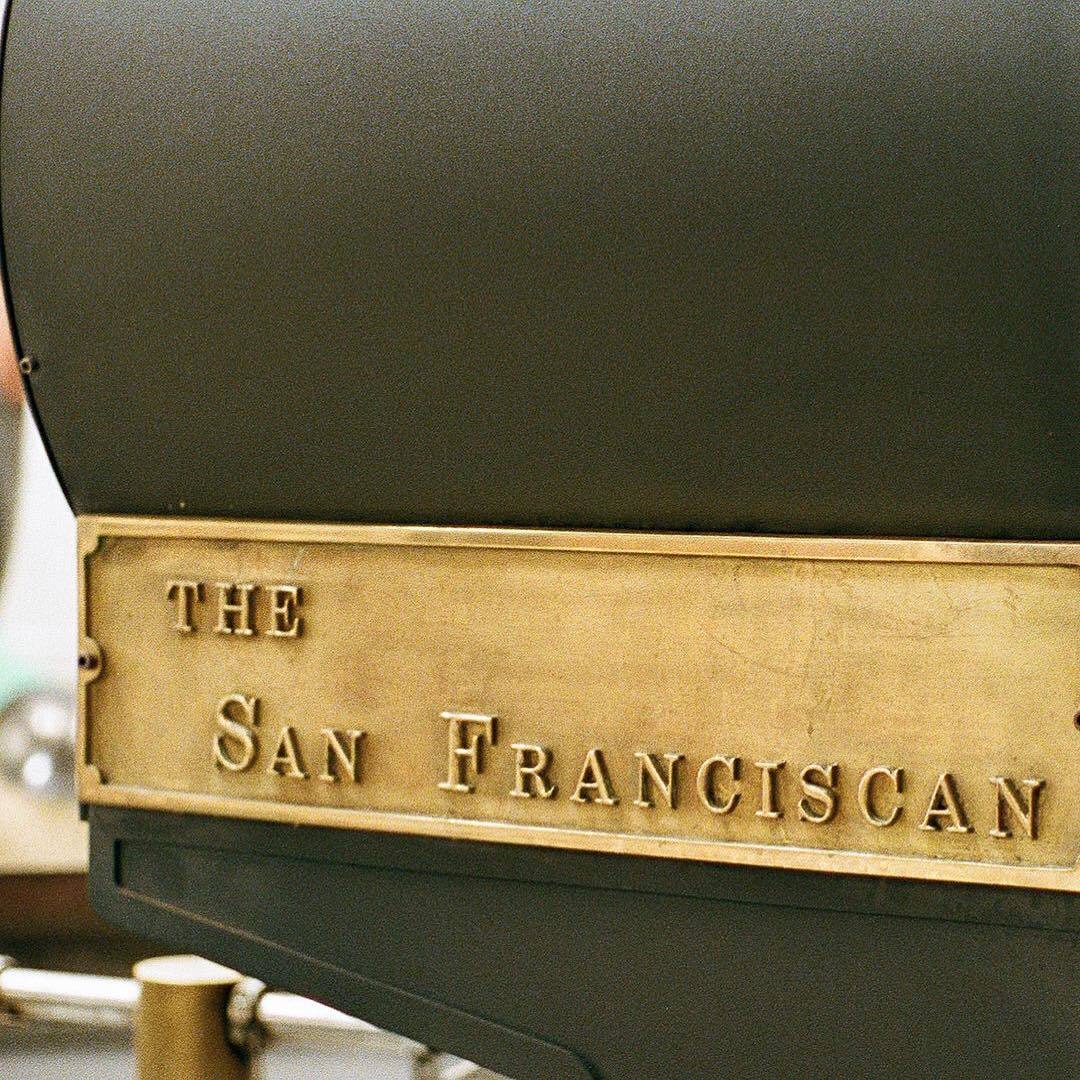
Can you tell me about Prevail?
The word “Prevail” we pulled out of William Faulkner’s Nobel Prize Acceptance Speech. He has this really eloquent line where he says, “I decline to accept the end of man...I refuse to accept this. I believe that man will not only endure, he will prevail. He is immortal, not because he alone among creatures has an exhaustible voice, but because he has a soul, a spirit capable of passion and sacrifice and and endurance”. Sophisticated southern is the brand mark there, and we’re trying to be an authentic southern brand that feels at home in the south but isn’t too kitschy and homespun. In our region, it’s either we have a lot of coffee companies trying to bring a northeast or PNW vibe into the south, or it’s really folksy and home-y. So we’re trying to be a coffee brand that fits authentically southern but also high-brow. The culinary scene in the south has gotten so big in the last few years, and a lot of incredible chefs have been coming out of here. Southern cuisine has been huge, and people respect it in this way that they didn’t ten or fifteen years ago. I think that we can do the same thing with coffee. We don’t have to hide behind the veneer of a Pacific-Northwest shop.
What is the coffee industry like down there?
It’s weird. There’s this old term in the south – a word that like, my grandfather would use – “carpetbagger”. After the Civil War and reconstruction, there were all these business men that came to the south, and because the south had been so decimated, their dollars went further. They saw opportunities, so they came and dumped a bunch of money into these businesses. The thing is, they didn’t really understand southern culture and the dynamic of things. The carpetbagger image is the rich guy who doesn’t understand the culture and just tries to throw a bunch of money into something. All that to say, there’s a fair amount of that in southern coffee. The idea that, “Oh, coffee blew up [everywhere else], I want to go make the Blue Bottle of the south”. You have a lot of that carpetbagger mentality, and they’re trying to capitalize on that market opportunity. So we have to deal with that, but we have southern hospitality too. We raise our eyebrows, but also if you’re trying to do good stuff, we’ve got grace for that and we’ll come alongside each other and work together. I think some companies have come in from outside and done really well, because they’ve kind of picked up on [the culture]. And then other companies have come in and tried to exploit it and have been relegated to the corners. All in all, I’d say southern coffee is fun, because it seems like there is not a whole lot of us who have been at it for just five, six, seven years. It’s blown up so much in the last three years. When you find people who have been at it for ten years, we all seem to know each other and where each other came from, and it’s a really tight-knit group.
I saw that you are opening a new location – what are the plans for that space?
That space…I think that might be the most important coffee shop in America. If you walk out the front doors of that space, if you look up to your left, you’ll see the church where Martin Luther King Jr. preached. If you look to the right, you can see the bus stop where Rosa Parks got on the bus. If you look across the street, there’s the building where the command to fire on Fort Sumpter was sent and began the Civil War. We’re like two doors down from where Jefferson Davis held his inaugural ball to become the President of the Confederate states. We’re about a mile away from where Hank Williams learned to play guitar. This is something nobody knows, the Wright brothers opened the first civil aviation school in the country right down the street from us too. There’s this weird, crazy history and we’re just smack in the middle of it.
There’s a lot to this, but downtown Montgomery kind of got abandoned for a long time. There was no real culture, no one was living down there, it was just kind of desolate. A lot of these buildings that were in the middle of all this history were becoming decrepit, and lately some developers have been putting some money into restoring these places. We’ll be one of the first ones in this newer development to kind of bring that back.
There’s a group in Montgomery called the Equal Justice Initiative, and they are opening up a museum at the end of the month, The National Memorial for Peace and Justice. The local name is the Lynching Memorial, [it’s] a real powerful thing. At the end of the month, we’re kind of gearing up for this. Al Gore, Jay-Z, Oprah, all these people are coming into town for the opening of this museum. The craziness of this national conversation and all of this polarity…when people hear that a place such as Montgomery exists, that this is where all this stuff happened, it blows their minds. The Equal Justice Initiative is headquartered there, the Southern Poverty Law Center is headquartered there, but Roy Moore’s office is right next to the Rosa Parks bus stop. These things exist together in a square mile. Some of those things are awesome, some of them are terrible, but the fact that they exist together and we don’t throw rocks at each other, I think it takes people aback. We’re seeing a spike in tourism in downtown Montgomery, people are interested in the story, and Montgomery is finding better ways to tell that story. It’s cool to have a café space, a community gathering space, dead in the center of all of that.
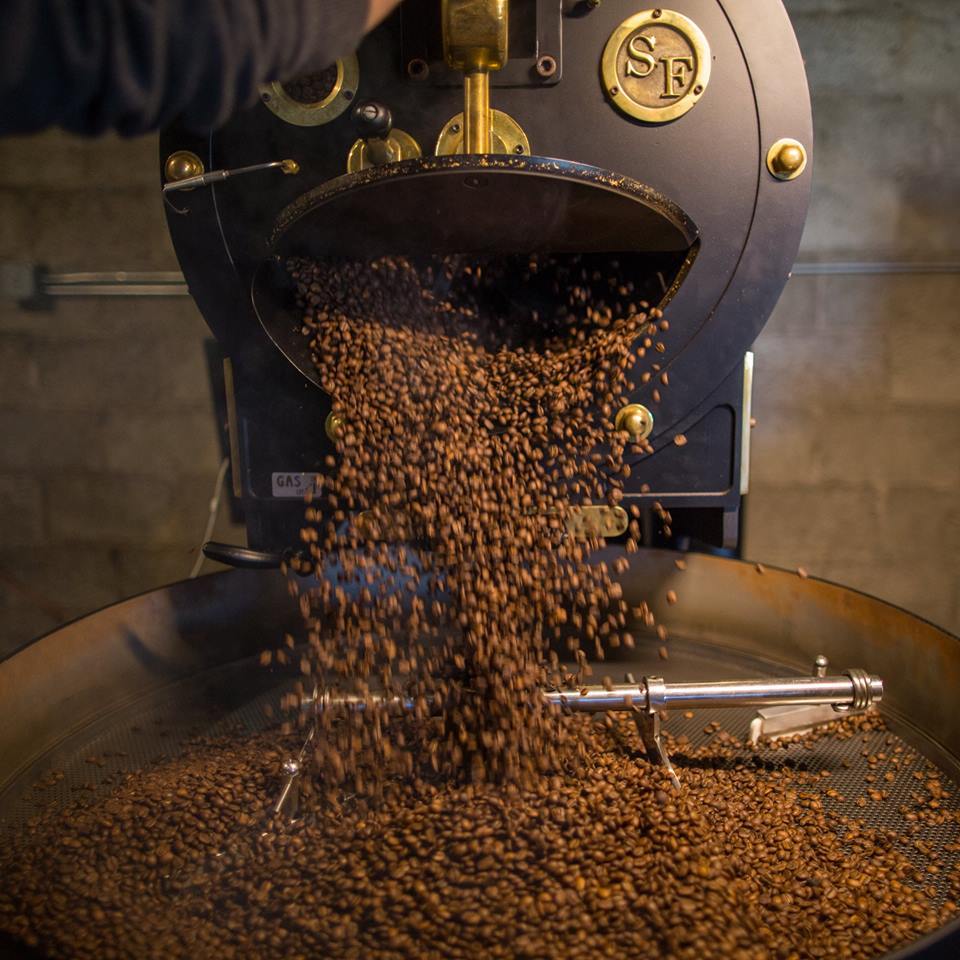
What is your favorite coffee you’re roasting right now?
This competition coffee is haunting my dreams, it’s so ridiculous. It’s not even fair to say that’s my favorite coffee… but I’ll tell you my favorite coffee, and it’s always my favorite coffee, that I almost take for granted. I kind of forget about it, and then I drink a little more, and I’m like “oh that coffee is so comfortable and nice”. I also have sentimental attachment to it. It’s a Guatemala from a farmer we work with, Finca San Luis. It’s just such a good coffee, and it’s not bonkers crazy, punchy, sweet, and super bright or really complex. It’s just like, the coffee you want to drink in the morning. Like, if we still read newspapers it would be the greatest cup of coffee to have. We have a fantastic relationship with the farm. The daughter of the farmer actually went to Auburn on a tennis scholarship, and she lives in Alabama. She babysits my kids from time to time and comes over for dinner, so it’s just a coffee that we love.
Anything else you’d like to say about Prevail?
I can tell you all the reasons I love the San Franciscan roaster. One, the transferability from the SF1 to the SF25 is ridiculous. I can profile something on the 1 and get the same exact thing on the 25. That gives you a lot of levity to play around with a bunch of different profiles. The other thing is I love the responsiveness of a direct-flame roaster. I don’t have to mess around too much with air-flow as a mode of heat transfer. I can just work the burners and as long as I’m able to anticipate what’s going on, I can keep my air-flow steady and roast really clean coffee, because I’m not pushing any bad air in. It’s so responsive. I really dig it.
Wade’s Brew Method from Brewer's Cup Qualifying Competition
This method] creates these really saturated flavors. The idea comes from, when you brew cold brew, it creates these syrupy but kind of dull, mono-flavored thing, but there’s lots of sweetness there, and it’s super smooth. But espresso and hot brew coffee has lots of acidity, bitterness, complexity, all of the things that make coffee interesting. We’re kind of isolating both sides of that extraction.
*Note: You are looking for an 11:1 ratio of water to coffee.
Aeropress + Fellow Prismo attachment
Coffee, super coarsely ground and sifted
50 g of 145° F (63° C) water
210° F (99° C) water
Attach the Prismo to your Aeropress. Place cup and aeropress on your scale. Add the coarsely ground coffee and tar scale. Add 50 g of 145° F (63° C) water. Bloom for 2 ½ minutes. Add 210° F (99° C) water to Aeropress. You want an 11:1 ratio of water to coffee. Brew for 2 ½ minutes, and then press.
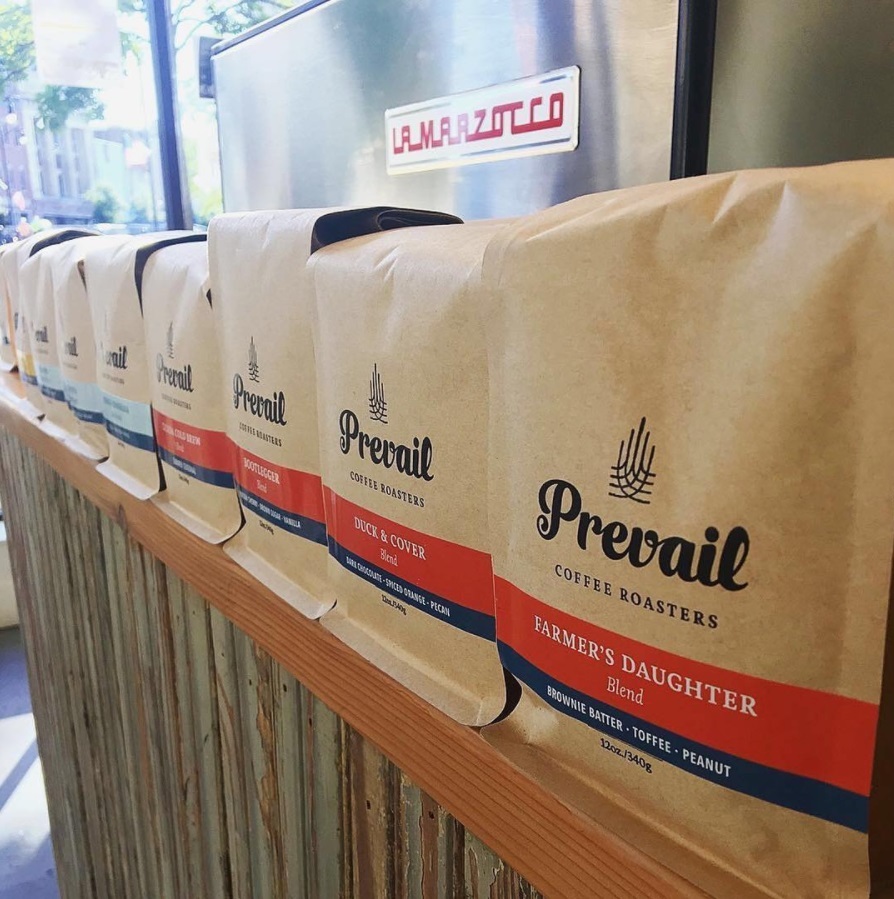
Prevail will be pulling shots at our Expo booth on Friday, April 20 from 4-5 PM. For more information on Prevail Coffee, visit their website, Facebook, and Instagram.
All photos courtesy of Prevail Coffee.
